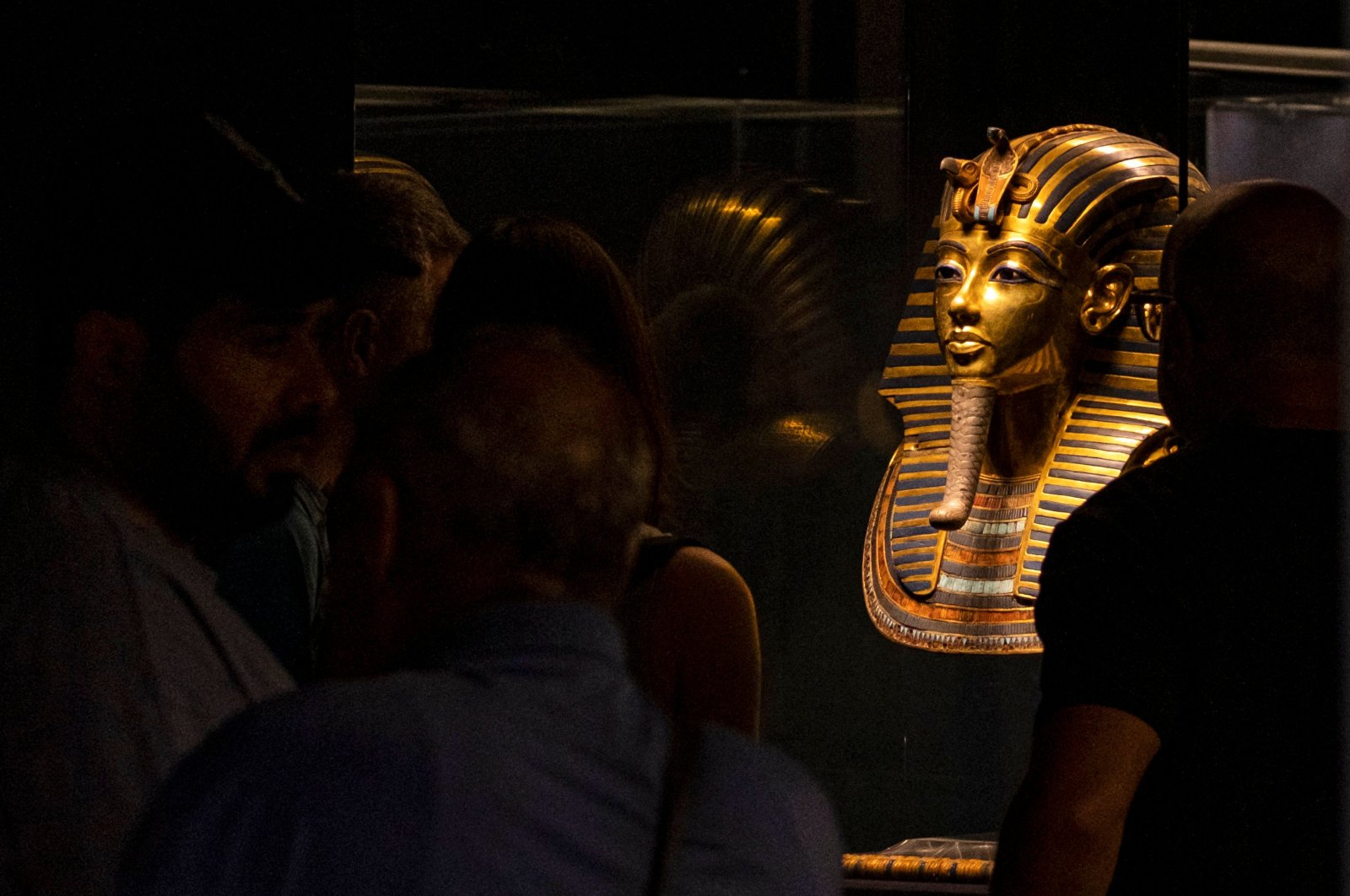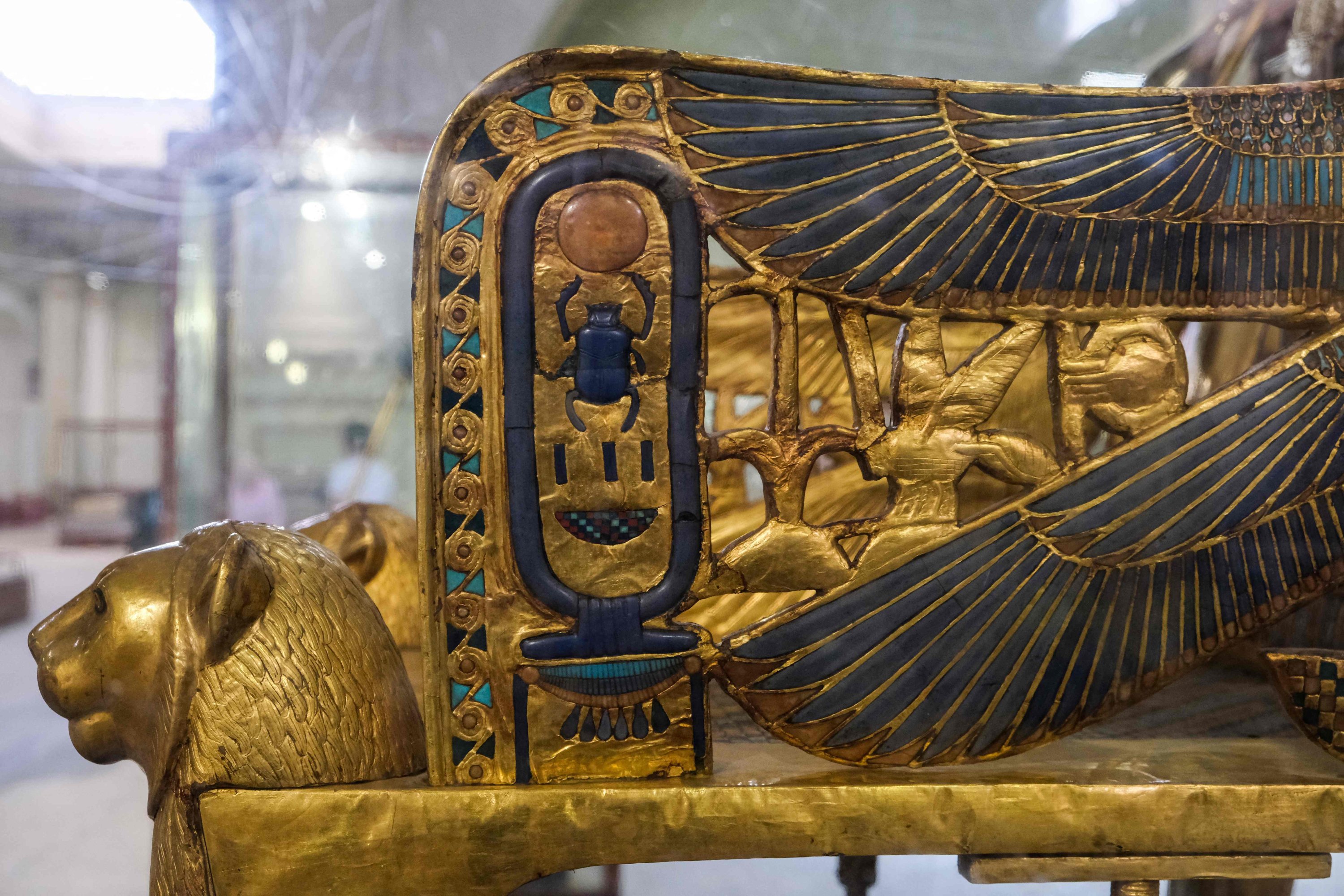
On the 100th anniversary of archaeologist Howard Carter's earth-shattering discovery of Tutankhamun's tomb, there is still a lot to discover about the life of the mysterious boy king
The resting place of Egypt's Pharaoh Tutankhamun has become the world's most famous tomb, its discovery 100 years ago among the greatest archaeological finds of all time.
Now with this weekend's 100th anniversary of Howard Carter's earth-shattering discovery – and the 200th this year of the deciphering of the Rosetta Stone that unlocked the ancient hieroglyphs – here are five key facts about the boy king, his treasure-filled chamber and its abundant, mysterious riches.

Hoard uncovered intact
Tutankhamun's tomb, who died aged 19 around 1324 B.C. after nine years on the throne, was discovered by British archaeologist Howard Carter and his Egyptian digging team in the Valley of the Kings near Luxor in November 1922.
The more than 4,500 objects laid out across five rooms included thrones, statues, jewels, furniture and weapons. It is pharaonic Egypt's only mausoleum found so far with its burial artifacts intact.
Many other resting places of pharaohs and dignitaries had been pillaged by tomb robbers over the centuries.
Golden treasures
Among the discovered artifacts are a gilded bed featuring posts made of carved lion heads, a chariot and a gold-handled dagger that experts say was forged from the iron of meteorites.
The walls of the chamber in which Tutankhamun was laid to rest were covered in gold. His coffin is a three-piece sarcophagus, the innermost layer of which is made of 110 kilograms (240 pounds) of solid gold.
His funeral mask, now one of the most instantly recognizable Egyptian artifacts, is made of gold inlaid with lapis lazuli and with eyes of obsidian and quartz.
Enigmatic family tree
Tests have established that Tutankhamun's father was the pharaoh Akhenaten, who ruled from the 1330s to 1350s B.C.
Akhenaten was the husband of the legendary beauty Queen Nefertiti.
Another mummy has been confirmed as Tutankhamun's mother, whose name is not known. That discovery ended the theory that Tutankhamun was the son of Nefertiti.
The mother was a sister of Akhenaten, with genetic analyses showing incest between the parents.
At the age of 9, toward 1333 B.C., Tutankhamun is believed to have acceded to the throne of Upper and Lower Egypt, although his exact age and dates vary from one expert to another.
Troubled reign, mysterious death
Tutankhamun's reign coincided with a troubled time in Egyptian history known as the Amarna period, during which Akhenaten tried to radically transform religion to focus on just one god, Aton.
Tutankhamun is believed to have married his half-sister Ankhesenpaaten, with marriage between brother and sister commonplace in pharaonic Egypt.
He sired two children, both girls, but they died in the womb, according to experts.
The death of Tutankhamun, which ended the 18th dynasty under the period of Egyptian history known as the New Kingdom, has been a mystery.
It was blamed variously on a chariot accident, illness or murder.
'Curse' of King Tut
Several months after the 1922 discovery, Britain's Lord Carnarvon, who financed the research, was diagnosed with infections and died.
His demise fuelled speculation that the fabled "curse of the pharaohs" had struck one of those responsible for violating the tomb of "King Tut."
British crime queen Agatha Christie based one of her short stories, "The Adventure of the Egyptian Tomb," on King Tut's "curse."
